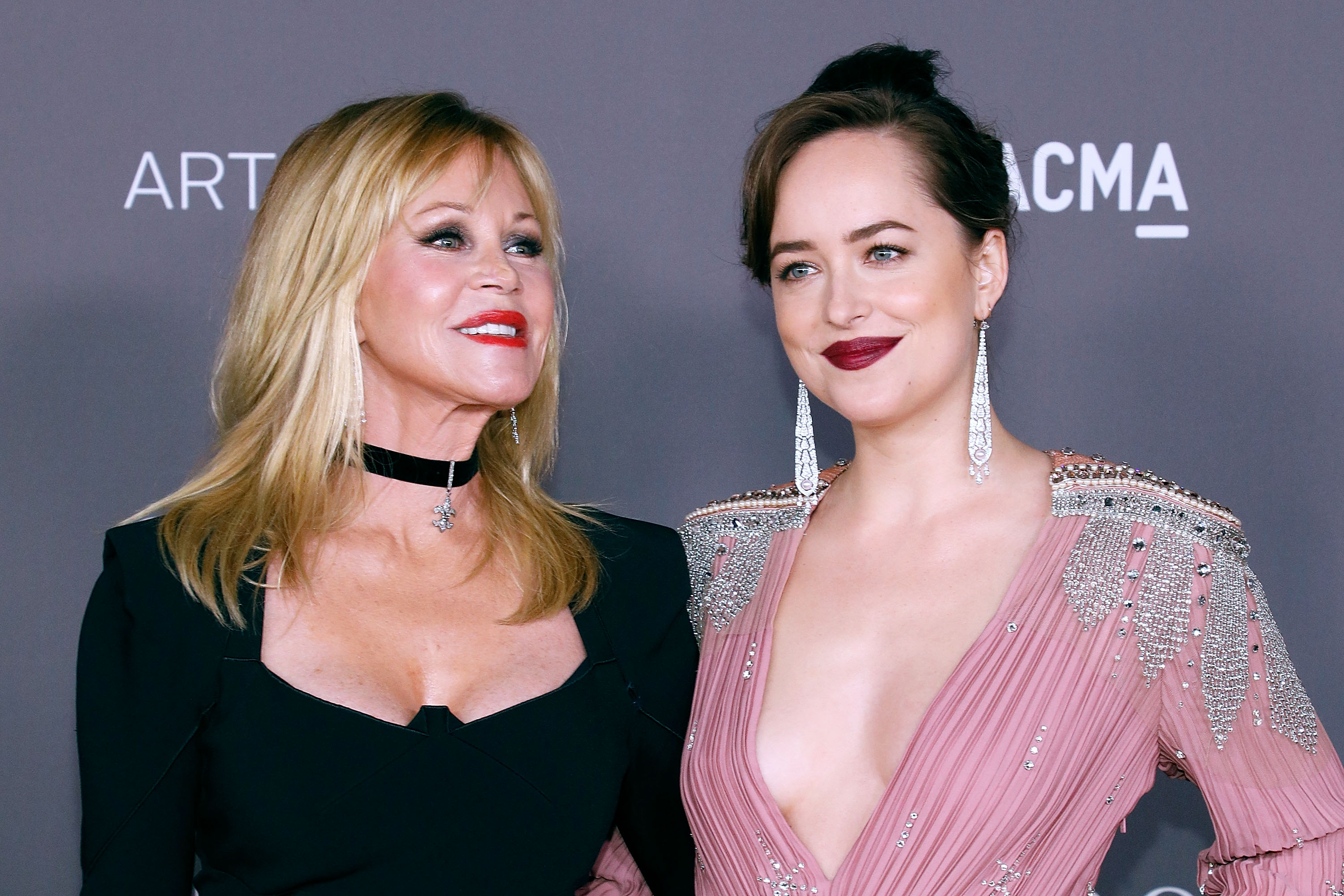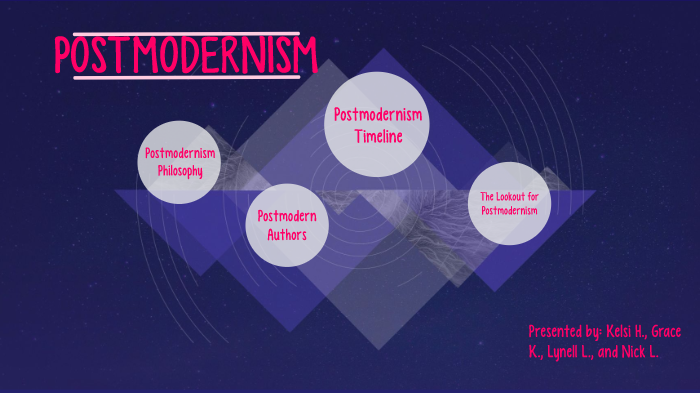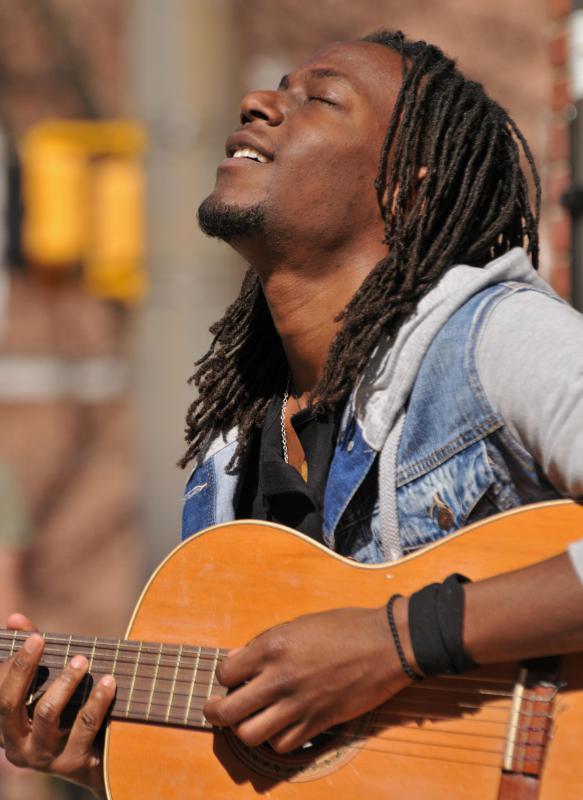
Cultural anthropology studies human behavior and culture. Anthropologists divide culture into two distinct groups: sociological and cognitive "culture". Sociology refers specifically to the social behaviour of people with other people, objects, or both.
Cultural Anthropology
Cultural anthropology is the study of human culture and its social structure. The study of societies and cultures helps us understand political, economic and social systems. It can help us understand how to deal global issues and social injustice. Cultural anthropology is also useful in understanding the causes of prejudice and inequality.
Anthropologists are experts in studying societies of all types and they use their fieldwork experience and knowledge to study human societies and their practices. They investigate how human culture changes and adapts over time.

Theories of Culture
There are many theories about culture in anthropology. They all have different assumptions. Structural-functionalists, for example, see culture as a set of normative beliefs that people use to guide their behavior. Historical-particularists, on the other hand, view cultures as the product of historical processes. Symbolic anthropologists, on the other hand, focus on mental constructs that are unique to different cultures.
Pierre Bourdieu's innovative statistics and in-depth interview techniques have influenced cultural studies greatly. Many scholars consider his work scientific. However, cultural studies is not a fan of the idea of scientificity. They have argued against it in a range of ways.
Methods to study culture
Several methods are used by cultural anthropologists to study other cultures. A lot of this research involves participation and direct observation in another culture. It allows anthropologists to gain a unique perspective on how the culture lives. The ethnographic method involves learning the language and the way people live in a particular place.
Anthropologists define culture as a shared set of ideas, concepts, and rules of behavior that allow a social group to function and perpetuate itself. Culture is the normative glue which holds a community together.

Culture has class distinctions
Anthropologists need to be able to distinguish between classes in order to study culture. In the past, scholars have studied social hierarchy and its consequences, but little has been written about class as a central analytical element. However, class plays an essential role in shaping culture and consciousness as well as how people view their social worlds. Understanding class can help us gain a better understanding of human societies as well as their evolution. This book will be of great interest to anthropologists studying class as well scholars of sociology and labor studies.
Cultural class distinctions can be contested. There are many ways to understand class differences, and not all of them are based on socioeconomic status. For example, rural proletariats typically have links that cross class lines. These links can, however, be less effective than ones based on religion or ethnicity. Neo-Marxists see these connections as being surrogates for class. Original ethnographers, however, did not consider class useful. They preferred to think of patron-client relations and networks.
FAQ
Why is pop music so popular?
Pop music is fun because it is entertaining! Pop music is uplifting and can give you a great feeling of freedom. People listen to pop music and can think about nothing but themselves. They don't have worry about what people think. This is why pop music is so loved. People like listening to songs that make them feel good. If you're feeling down, you can always turn on the radio and hear some upbeat tunes. You may even find yourself singing along. Pop music has been a huge success over the years.
What is pop culture of today?
Pop Culture is the 21st century's art form. It encompasses all forms of popular entertainment, from music, film, TV, video games, fashion, advertising, comics, etc. This term was created by Neil Postman, author of Amusing Ourselves and Death (1985). Pop is a type of mass communication that relies on cheap tricks or formulaic devices to give the illusion of spontaneity.
However, he said that most people don’t enjoy true enjoyment because their culture has conditioned them to want media experiences that make it seem superior to others. In addition, he argued that this type of cultural expression had contributed to the loss of critical thinking skills among young adults.
Pop culture has also been referred to as popular culture or consumerism.
How can pop culture be used in marketing strategies?
Pop culture is a great way to understand how to market your products and services.
Let's suppose you wanted to promote the release of a new film. What type of promotion could you offer?
A trailer could be created using clips from the film. You can even find clips that feature your products and services to include in your trailer.
Maybe you could even make a parody using footage from other films.
A promotional campaign could be created based on the plotline of the movie if you were promoting a product/service that is related to the movie's theme. One example: If you are promoting a product or service that helps astronauts keep healthy while they travel through space, it might make sense to promote the product.
If you had a business connected to the movie's theme, you could run promotions based on the plotline. A company that sells food could give away free samples to customers who book tickets to see the movie.
How did pop music become popular?
It was an accident. The accident that someone accidentally knocked down a piano in 1920 caused the first song's creation.
The recording company loved what they heard so they decided to release the single.
This was the first ever single to become a hit.
Pop music has become today's most popular form for musical entertainment.
What is Tik Tok pop culture like?
The answer is yes! It's not just for teenagers anymore. You can make these short videos for anyone.
Over 200 million people are using the app daily around the world. Each day, the number of users grows by millions.
TikTok offers brands a unique opportunity to connect with consumers and establish meaningful relationships.
TikTok is also home for many influencers who have built huge followings. These creators create original content and engage audiences around the world.
So what are waiting for? Here are four options to help you take advantage this trend.
-
Make Viral Content
-
Engage Influencers
-
Use Visuals Effectively
-
Create with Your Audience
What is popular music culture?
Popular music culture is a dynamic phenomenon that can take many forms.
The popular music culture is defined by the use of certain musical styles (e.g., jazz, rock) as well as lyrics. It also covers the influence of visual media like film, television, fashion advertising, and so on, on artists' careers as well as public perception.
It's also the way that fans interact with their favorite musicians.
Popular music culture has one element: the rise of "superstars", artists who have gained fame and fortune.
These celebrities often transcend genres to become cultural icons. The evolution of popular culture has been influenced by their popularity.
Other elements of popular music culture include:
* The rise and development of recording technology, from acoustic instruments through to electric guitars or microphones.
* The inventions and use of the radio and record player;
* The birth of rock 'n roll.
* The introduction TV and film
* The advent of MTV and VH1;
* The creation and use of the internet.
What are the examples of pop-culture in 2021
On the 11th of September 2001, two hijacked aircraft crashed into the twin towers at the World Trade Center in New York City. 9/11 was the day that would change history.
The events of this day have impacted popular culture and continue to do so today. We can see how the event has influenced our lives in many ways.
Television shows and movies such 24 are examples. United 93 tells the story behind what happened on the flight to Los Angeles from Boston on September 11. This includes books such as The Forever War by Dexter Filkins.
We all recall our exact location when we first heard of the attacks. Some people got out of bed and went outside; others watched the TV or read newspapers.
Pop culture changes each year. It is an expression of society and a source of inspiration. What will happen to popular culture in the next year? We can't tell yet. It will be completely different than the one before.
Statistics
- Yet a Nielsen study shows they account for 42% of the country's most-watched content on streaming services. courtesy Nielsen (npr.org)
- Less than a decade later, that statistic rose to 90% (Dager, n.d.). (socialsci.libretexts.org)
- Recently, the market share across Western Europe has ranged from 60-75% (Hopewell, 2013). (socialsci.libretexts.org)
- Latinos represent roughly 19% of the U.S. population. (npr.org)
- In 1987, US films captured 56% of the European film market. (socialsci.libretexts.org)
External Links
How To
What are some pop culture icons?
Americans were obsessed with space travel in the 1960s. Star Trek was the most popular TV series at that time.
From 1966-1969, the original series aired exclusively on NBC. The series starred William Shatner playing Captain Kirk, Leonard Nimoy portraying Mr. Spock and DeForest Kelley portraying Dr. McCoy. James Doohan played Scotty. Majel Barrett Roddenberry was Uhura. Nichelle Nichols was Lieutenant Nyota Uhura. Walter Koenig was Pavel Chekov. Grace Lee Whitney was Yeoman Janice Rand. (Wikipedia)
In 1967, the first feature film based on the series premiered. Paramount Pictures released the movie, "Star Trek". Robert Wise directed the film, which featured an ensemble cast, including William Shatner (Leonard Nimoy), DeForest Kelley (James Doohan), Walter Koenig and Majel Barrett. Roland Nichelle Nichols. George Takei and Grace Lee Whitney. (Wikipedia)
In 1968, the second season of the television series began airing. This season was about the crew going back to 1969. (Wikipedia)
In 1971, the third season began airing. This season introduced a new character called Commander Richard A. Morn. He was a Starfleet Officer who was born in 2063 on Earth. (Wikipedia)
During this period, there was also a live-action spinoff called "Star Trek: Planet of the Apes". It aired on the air between 1972 and 1974. (Wikipedia)
The television series premiered its fourth season in 1973. This season introduced Ensign Ro Laren, and Lt. Ilia, two new characters. Marina Sirtis played both of them. (Wikipedia)
In 1975, the fifth series of the television series aired. This was the final season before the series went off-air. (Wikipedia)
After the series was cancelled, many attempts were made to revive them. Some of them included a 1977 pilot episode entitled "Where No Man Has Gone Before," which failed to find a network or studio partner. (Wikipedia)
Star Trek: New Voyages was also animated in 1998. It lasted only 13 episodes. (Wikipedia).
The sixth season of the television series was returned to TV in 2009 after a seven year hiatus. It was entitled "Enterprise". It ran for five seasons until 2013. (Wikipedia)
There were also three feature films produced during this era. The first one was released in 1979. It was known as "Star Trek: The Motion Picture." Nicholas Meyer was the director. It starred William Shatner and James Doohan as well as Leonard Nimoy and Walter Koenig. Majel Barrett Roddy and Ricardo Montalban were also featured in the film. (Wikipedia)
The following two movies were released respectively in 1982 and 1987. They were known as "Star Trek II. The Wrath of Khan," and "Star Trek III. The Search For Spock." Nicholas Meyer directed these films. (Wikipedia)
The seventh season of the TV series aired in 2001. It was titled "Encounter at Farpoint". It was the debut episode of the show's era without guest stars. (Wikipedia)
2005 saw the airing of the final episode. It was called "All Good Things ...".". Ronald D. Moore wrote it. It was directed by David Livingston. (Wikipedia.)
Star Trek TV premiered a brand-new show in 2008 called "Trek Nation". It was called "Trek Nation". It's currently being aired by CBS. (Wikipedia). "Trek Nation," a show about people from all walks of life, is about how they come together to create their own version of the United Federation of Planets. Their goal is peace on other planets. (Wikipedia). "Trek Nation", a fascinating concept, shows how different people can come together and make something positive. (YouTube Video)
I think you should read some books about the timeline of Star Trek. Gary Wolfe has a book called "Star Trek Chronology". There are many more books available online.